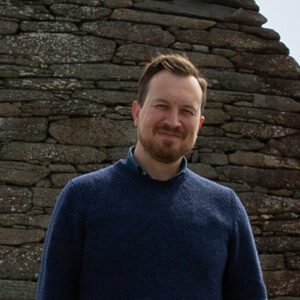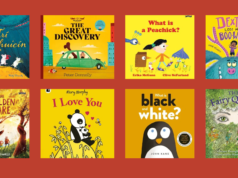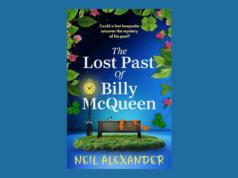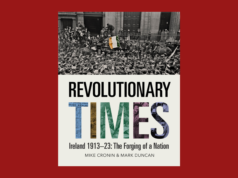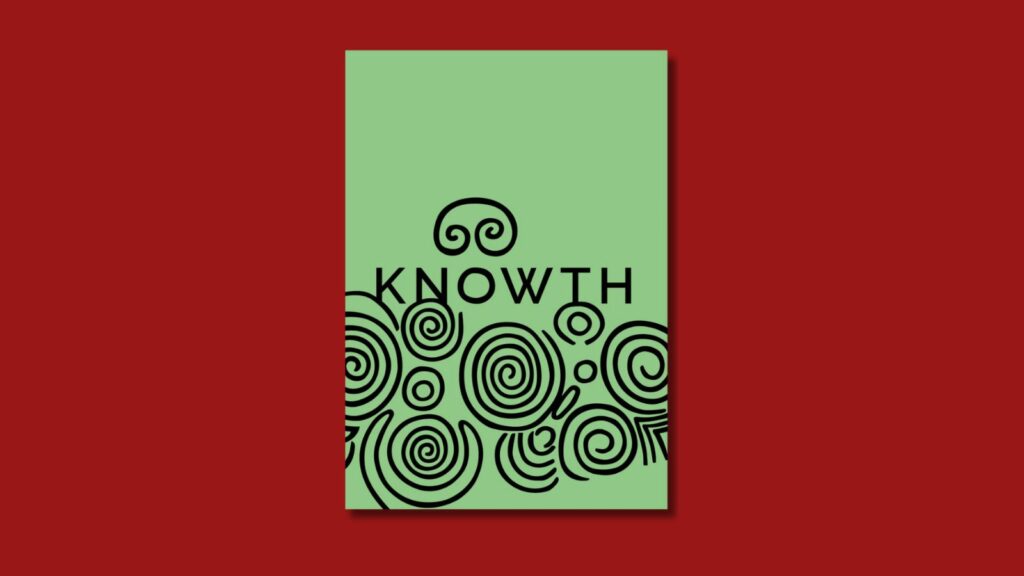
Knowth|Edited by Helena King|The Royal Irish Academy
Knowth—a beautifully designed and well structured guide, with megalithic art a constant motif
by Neil Jackman
Set in the famous bend of the River Boyne, not far from the other great tombs at Newgrange and Dowth, Knowth is undoubtedly one of Ireland’s most significant archaeological monuments. Regardless of how many times you visit, the scale of Knowth is always striking.
The great mound itself measures some 90 metres in diameter. It is surrounded by 19 smaller tombs, along with a timber circle, and a wealth of other features and aspects that show it has been a place of significance for millennia, from the first farmers of the Neolithic to the present day.
Regardless of how many times you visit, the scale of Knowth is always striking
The monumentality of Knowth has been matched by a truly monumental series of publications. Excavations at Knowth is a seven volume series that focuses on different aspects of Knowth based on the excavations and subsequent research. These volumes provide an enormous depth of information on the site.
This new guide mines all that information to provide a handy and insightful introduction to Knowth and its story. Published by the Royal Irish Academy, with contributions from Helena King, the late George Eogan, Kerri Cleary, Elizabeth Shee Twohig, Edel Bhreathnach, Claire Breen and Patriza La Piscopia.
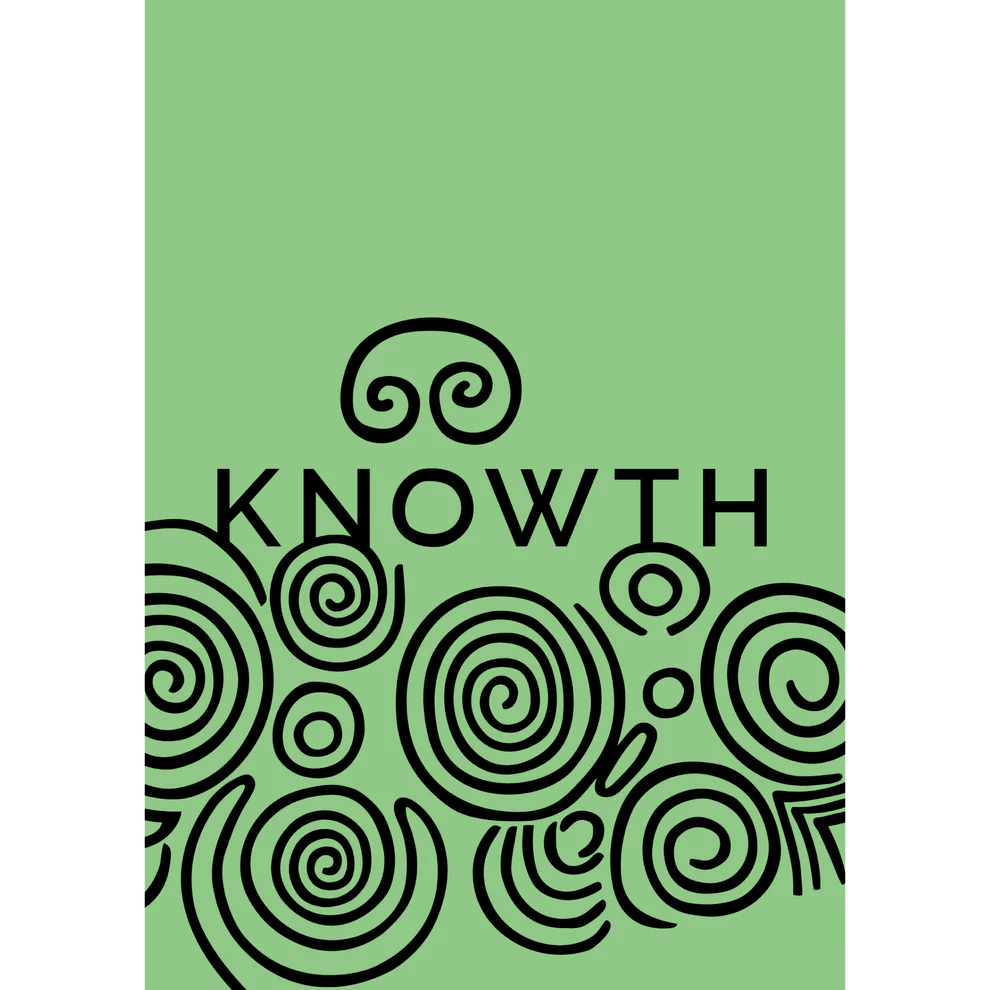
First, Helena King leads the reader on a journey around Knowth. This section is an informative and practical tool for both those who wish to visit the monument and those who are happier exploring from the comfort of their favourite armchair.
The more experience I’ve gained with archaeology, the more I value the stories of the process of the excavation almost as much as the site itself. The guide has a wonderful section with reflections by the late Professor George Eogan, who led the truly groundbreaking excavations that began back in 1962 and continued seasonally up to the year 2000. I particularly enjoyed the lively first hand account of Professor Eogan’s experience as the first person to enter the tombs in more than 1,000 years.
The guide has a wonderful section with reflections by the late Professor George Eogan, who led the truly groundbreaking excavations that began back in 1962
Kerri Cleary gives an authoritative and engaging overview of life at Knowth in the Neolithic, leading us from the first settlement at the site to the establishment of the tombs, and the development of what would become one of our most significant Neolithic centres of ritual and spirituality.
One of the aspects of Knowth that make it so significant is the sheer wealth of megalithic art. Knowth boasts the highest concentration of art from any passage tomb in Atlantic Europe. Elizabeth Shee Twohig discusses this in a richly illustrated section, with descriptions of how the art was made, and the different types of symbols and motifs.
One of the aspects of Knowth that make it so significant is the sheer wealth of megalithic art
We then move to a more period-focused approach, as Knowth’s significance continued well beyond the Neolithic. Kerri Cleary leads us through Knowth’s complex chronology in a clear and accessible way. The guide brings together all the information from the Late Iron Age when Knowth again became a place of burial, to its role as a burial place and settlement of the Kings of North Brega in the early medieval period.
As the settlement grew, souterrains were dug into the side of the great mound, and graffiti in ogham and insular script were carved onto some of the stones of the passageway and chamber. As the fortunes of Brega waned, later in the medieval period Knowth became the property of the Cistercians. A farm was established on the site. Following the Reformation, labouring families from the Caldwell estate built their homes in the shadow of the great mound. They quarried many of the smaller tombs for building material. Megalithic art can still be seen in a wall of one of the houses.
Megalithic art can still be seen in a wall of one of the houses
With such an abundance of ancient remains, it is no wonder that the landscapes of the Brú na Bóinne feature strongly in Irish history and mythology. Knowth in particular is imbued with many tales. These are expertly summarised by Edel Bhreathnach, and embellished with Steve Doogan’s wonderful illustration of the tale of Niall Noíghiallach’s encounter with a hag.
Claire Breen and Patrizia La Piscopia detail the conservation of the site, and the road to World Heritage Status that was finally achieved in 1993. A road that will hopefully be travelled by more of our prehistoric landscapes in the future.
As ever with a Royal Irish Academy publication, the guide is beautifully designed and well structured, with megalithic art a constant motif. The guide makes good use of textboxes and large images to highlight particular aspects of the site and artefacts. The reader will also enjoy the sheer wealth of stunning images, especially those of the art by Ken Williams, along with fine plans and reconstruction illustrations. The inclusion of photographs from the Knowth Archive also provide an invaluable glimpse of the excavations.
the guide is beautifully designed and well structured, with the megalithic art a constant motif throughout
It isn’t easy to condense the weight of information from Knowth to create something engaging as well as informative, yet the contributors have succeeded well. This is testament to their familiarity with the site, and their own depth of knowledge and expertise. The guide they created is an ideal companion to the comprehensive seven volume series on Knowth. It serves as a welcome light as you navigate Knowth’s deep passageways of time.
Neil Jackman is an archaeologist with a particular focus on the public’s engagement with archaeology and heritage. He is the host of the popular Amplify Archaeology Podcast, and has authored guidebooks to the monuments of the Wild Atlantic Way and Ireland’s Ancient East, and contributed to a number of publications on Irish archaeology. Neil is the director of Abarta Heritage, and Tuatha, a membership service that helps people to explore Ireland’s wonderful archaeology.







